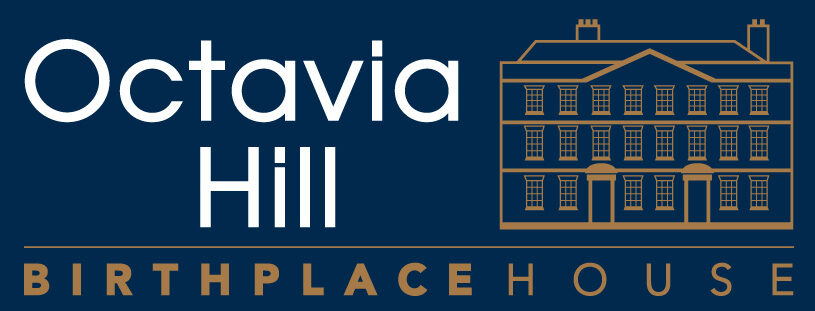Homage to high Renaissance art
A copy of a celebrated portrait painted by Wisbech-born Octavia Hill is being displayed in a new John Ruskin exhibition, which has opened in London to mark the bicentenary of the polymath’s birth.
The show, ‘John Ruskin: the power of seeing’, marks the first time that Ruskin’s collection has been shown en masse outside Sheffield, where the leading English art critic of the Victorian era founded St George’s Museum as an educational resource to make art, books and cultural treasures available to all. Built on a hilltop to entice people out of the smoky city, the museum offered views of the Derbyshire landscape and a space to inspire creative thought.
Recognizing the artistic abilities of a kindred spirit, who would go on to become a co-founder of the National Trust, Ruskin trained Octavia Hill as a copyist from 1855 to 1865 and she daily visited the National Gallery or Dulwich Art Gallery to explore the techniques of the masters.
The portrait in the exhibition is Octavia Hill’s copy of a painting by the Renaissance artist, Giovanni Bellini, of the steely-eyed tactician, ‘The doge Leonardo Loredan’, one of the foremost chief magistrates and leaders of the Republic of Venice during the 1000-year history of the city-state.
Bellini’s original 1501 portrait showing the doge in his official state robes with ornate buttons and horn-shaped ducal cap hangs in the National Gallery, and Octavia’s copy forms part of the Guild of St George’s Ruskin Collection, which is showcased in the new exhibition curated by Museums Sheffield.
Painted in the style of sculpted portrait busts, Bellini’s masterpiece was ground-breaking because the doge was presented face-on, a mode generally reserved in the Middle Ages for sacred portraiture, rather than in the usual profile for mere mortals.
Ruskin’s artistic connection with Octavia Hill subsequently branched out into social reform when he came into a large inheritance on the death of his father in 1864. That year, at Hill’s persuasion, Ruskin bought a trio of run-down properties in Paradise Place, Marylebone, a London slum known locally as ‘Little Hell’, where her programme of housing reform was born.
Octavia Hill’s aim was to make ‘lives noble, homes happy and family life good’ and her approach, which was made possible by the connection she had established with Ruskin, became a model for housing associations around the world.
Mr Peter Clayton, chairman of the Octavia Hill Birthplace Museum Trust, said: “Once again Octavia Hill’s achievements can be seen as of national and international interest in this major exhibition. In our Birthplace House displays we have always shown reproductions of the two paintings – Bellini’s original and the copy featured in the exhibition – side by side with a figure of Octavia at work as an artist in a room dedicated to her art.”
‘John Ruskin: the power of seeing’ is an unticketed exhibition being mounted at Two Temple Place, formerly known as Astor House, the London mansion of William Waldorf Astor, the American-born attorney, politician and newspaper publisher, on London’s Victoria Embankment.
The show, which is free of charge, runs from January 26 to April 22 and is open each week on Monday and from Thursday to Saturday from 10am to 4.30pm. On Wednesdays the doors open from 10am to 9pm and on Sundays visitors are admitted from 11am to 4.30pm. The exhibition is closed on Tuesdays and on Easter Sunday.
The Birthplace House at 7 South Brink, Wisbech, re-opens with a series of events centred on International Women’s Day on Friday, March 8.
